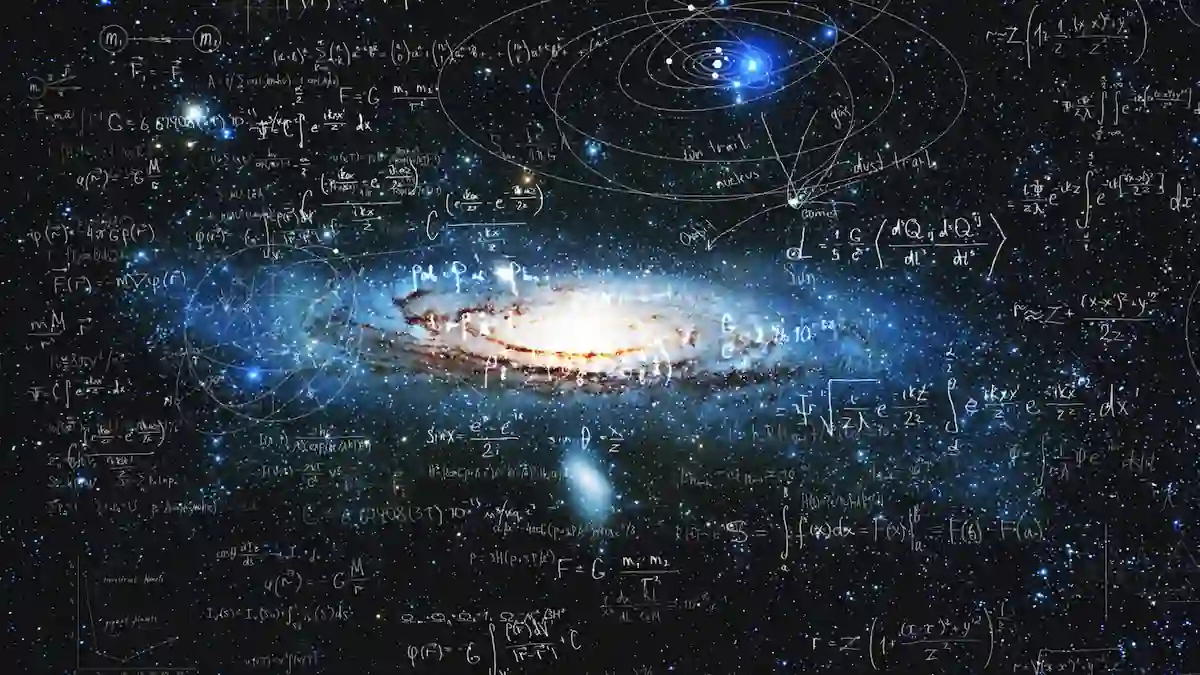Astrophysics is a branch of science that uses the laws of physics to understand the structure, dynamics and evolution of the universe. The study of stars, planets, galaxies and general properties of the universe are the main topics of astrophysics. In this article, the importance of astrophysics, basic principles, historical development and future directions of the field will be emphasised.
Importance of Astrophysics
Astrophysics is not only a sub-branch of astronomy, but also plays a critical role in our understanding of the fundamental building blocks of the universe. The formation, evolution and eventual destruction of stars, the interactions of galaxies and cosmic phenomena are the main topics of astrophysical research. This information provides an in-depth understanding of the origin, structure and future of the universe.
Astrophysics helps people understand their place in the universe. The vastness and complexity of the universe raises important questions about human nature: ‘Who are we?’, “Where are we in the universe?” and “Are there other life forms?”. These questions have been wondered about since the earliest periods of human history, and astrophysics works to satisfy this curiosity.
Basic Principles
Astrophysics is based on a set of fundamental principles and laws. These include
- The Law of Gravitation: The theories of gravity developed by Isaac Newton and Albert Einstein are used to understand the motions and interactions of celestial bodies.
- Thermodynamics: The laws of thermodynamics are applied to understand the energy processes and heat transfer inside stars.
- Quantum Mechanics: Helps to understand the structure of stars and other celestial bodies by studying the behaviour of subatomic particles.
- Light and the Electromagnetic Spectrum: The study of light from celestial bodies gives information about their chemical composition, temperature and distance.
Historical Development
Astrophysics has developed through various stages over the centuries. Ancient civilisations created their calendars by observing the stars and planets in the sky. However, modern astrophysics made a significant leap forward in the 17th century when Galileo Galilei used the telescope.
- In the 17th century, James Clerk Maxwell's theory of electromagnetism and Isaac Newton's laws of gravity formed the cornerstones of astrophysics. In the 20th century, Albert Einstein's theory of relativity radically changed our understanding of the dynamics of the universe. In this period, the idea of the expansion of the universe was also introduced thanks to Hubble's observations.
Astrophysics Today
Today, astrophysics has a wide range of research interests. High-tech laboratories such as the Large Hadron Collider study the most fundamental particles of the universe, while space observatories such as the Hubble Space Telescope and the James Webb Space Telescope observe galaxies, stars and planetary systems in detail.
Astrophysicists continue to solve the mysteries of the universe by studying concepts such as black holes, dark matter and dark energy. At the same time, new fields such as the search for life in space, exoplanet discoveries and astrobiology are also included in astrophysics.
Future Directions
The future of astrophysics will be shaped by advances in big data analysis, artificial intelligence and space exploration. In particular, with the increase in space exploration, astrophysicists will obtain never-before-seen data. This will allow a better understanding of the universe and open new horizons for humanity.
In addition, the search for life in space and humanity's efforts to settle on planets such as Mars will continue to be an important focus in the field of astrophysics. Space tourism and special space missions will make astrophysics studies more accessible and increase the public's interest in this branch of science.
Conclusion
Astrophysics is a dynamic science that helps us understand the complexity and beauty of the universe. The study of stars, planets and galaxies is part of humanity's journey to understand not only the nature of the universe, but also humanity itself. Astrophysics will continue to offer unexplored areas for humanity in the future.
This article is for informational purposes only and does not constitute professional advice.


Hiç yorum yok: